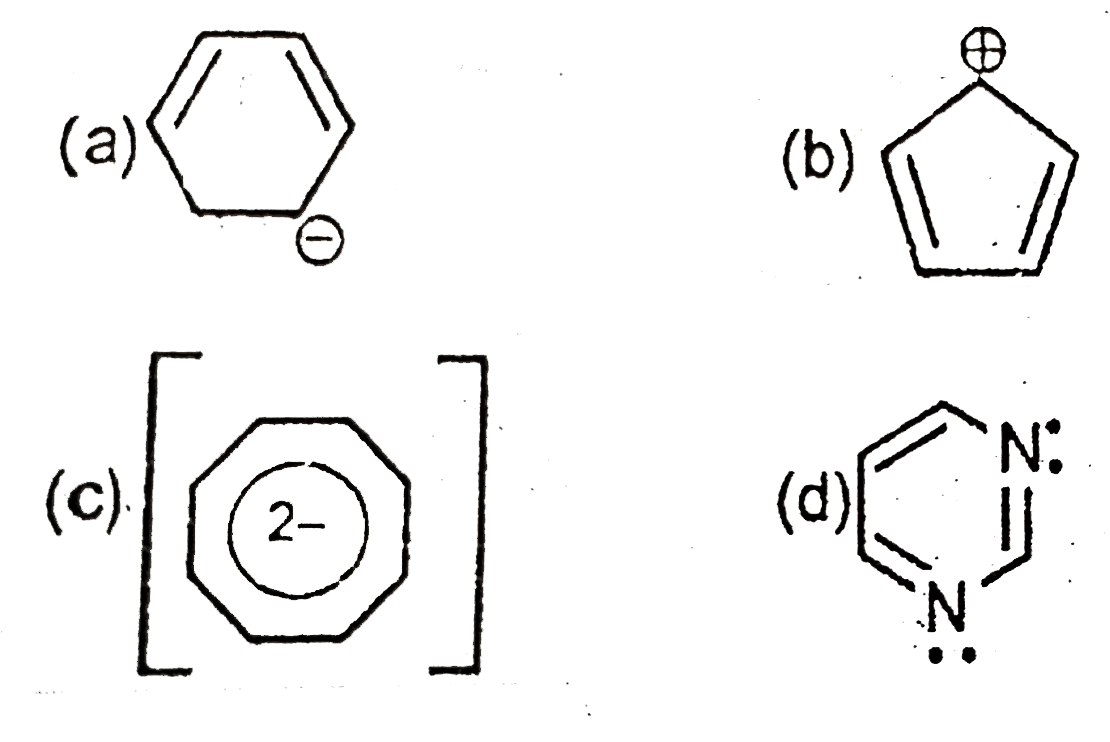Which of the following is a ferroelectric compound?
BaTiO3
K4[Fe(CN)6]
Pb2O3
None of these
The correct Answer is:A
To determine which of the given compounds is a ferroelectric compound, we need to understand the characteristics of ferroelectric materials and analyze the options provided.
1. Definition of Ferroelectric Compounds:
- Ferroelectric compounds exhibit spontaneous electric polarization that can be reversed by the application of an external electric field. This means that these materials can maintain a permanent electric dipole moment even in the absence of an external electric field.
2. Analyzing the Options:
- The options given are:
- a) BaTiO3
- b) K4Fe(CN)6
- c) PbTiO3
- d) None of these
3. Identifying Ferroelectric Compounds:
- BaTiO3 (Barium Titanate):
- BaTiO3 is known to be a classic ferroelectric material. It exhibits spontaneous polarization and can have its polarization reversed by an external electric field. It crystallizes in a perovskite structure, which contributes to its ferroelectric properties.
- K4Fe(CN)6 (Potassium Ferrocyanide):
- This compound is a coordination compound and does not exhibit ferroelectric properties.
- PbTiO3 (Lead Titanate):
- PbTiO3 is also a well-known ferroelectric material, similar to BaTiO3, and exhibits spontaneous polarization.
- None of these:
- This option suggests that none of the compounds listed are ferroelectric, which is incorrect since both BaTiO3 and PbTiO3 are ferroelectric.
4. Conclusion:
- Among the options provided, both BaTiO3 and PbTiO3 are ferroelectric compounds. However, if we are to choose one based on the context of the question, BaTiO3 is often highlighted as a classic example of a ferroelectric material.
Final Answer:
- The ferroelectric compound from the options given is BaTiO3.
- Ferroelectric compounds exhibit spontaneous electric polarization that can be reversed by the application of an external electric field. This means that these materials can maintain a permanent electric dipole moment even in the absence of an external electric field.
- The options given are:
- a) BaTiO3
- b) K4Fe(CN)6
- c) PbTiO3
- d) None of these
- BaTiO3 (Barium Titanate):
- BaTiO3 is known to be a classic ferroelectric material. It exhibits spontaneous polarization and can have its polarization reversed by an external electric field. It crystallizes in a perovskite structure, which contributes to its ferroelectric properties.
- K4Fe(CN)6 (Potassium Ferrocyanide):
- This compound is a coordination compound and does not exhibit ferroelectric properties.
- PbTiO3 (Lead Titanate):
- PbTiO3 is also a well-known ferroelectric material, similar to BaTiO3, and exhibits spontaneous polarization.
- None of these:
- This option suggests that none of the compounds listed are ferroelectric, which is incorrect since both BaTiO3 and PbTiO3 are ferroelectric.
- Among the options provided, both BaTiO3 and PbTiO3 are ferroelectric compounds. However, if we are to choose one based on the context of the question, BaTiO3 is often highlighted as a classic example of a ferroelectric material.
- The ferroelectric compound from the options given is BaTiO3.
Topper's Solved these Questions
- SOLID STATEBOOK - CENGAGE CHEMISTRY ENGLISHCHAPTER - SOLID STATEEXERCISE - Exercises (Assertion-Reasoning)
19 Videos
- SOLID STATEBOOK - CENGAGE CHEMISTRY ENGLISHCHAPTER - SOLID STATEEXERCISE - Exercises (Interger)
9 Videos
- SOLID STATEBOOK - CENGAGE CHEMISTRY ENGLISHCHAPTER - SOLID STATEEXERCISE - Exercises (Multiple Correct)
39 Videos
- REDUCTION AND OXIDATION REACTION OF ORGANIC COMPOUNDSBOOK - CENGAGE CHEMISTRY ENGLISHCHAPTER - REDUCTION AND OXIDATION REACTION OF ORGANIC COMPOUNDSEXERCISE - SUBJECTIVE TYPE
4 Videos
- SOLUTIONSBOOK - CENGAGE CHEMISTRY ENGLISHCHAPTER - SOLUTIONSEXERCISE - Ex 2.3 (Objective)
9 Videos
Similar Questions
Knowledge Check
Which of the following is an organometallic compound ?
ALithium methoxideBLithium acetateCLithium dimethylamideDMethyllithium.Which of the following is an organometallic compound ?
ATi(C2H5)4BTi(OC2H5)CTi(OCOCH3)4DTi(OC6H5)4.
Which of the following is a heterocyclic compound?
View SolutionWhich of the following is a hypervalent compound?
View SolutionWhich of the following is a paramagnetic compound ?
View SolutionWhich of the following is a tetracyclic compound ?
View SolutionWhich of the following is/are aromatic compounds ?

View SolutionWhich of the following is heterocyclic compound? ’
View Solution
